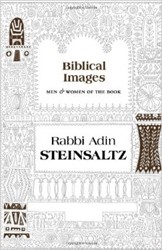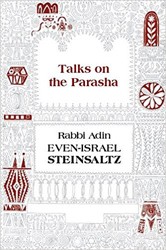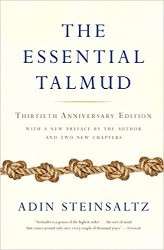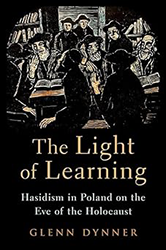This is the second of Rabbi Adin Steinsaaltz’s projected three volume set on The Tanya, which is the crystallization of the Chabad-Lubavitch Hasidic philosophical system. The translators differ from the first volume but there is no discernible unevenness or stylistic anomaly.
Hasidism enfranchised masses of Eastern European Jews in the aftermath of the Shabbetai Zvi heresy and the Chmielnicki massacres. The appeal was not intellectual but visceral. Jews could express themselves through joy, dancing, prayer, and devotion to their rebbe. Many great leaders emerged, as did a variety of styles and approaches. Rabbi Shneur Zalman of Liady, an accomplished scholar and major Hasidic leader, developed in book form a conceptual and philosophical framework for his understanding of the Hasidic world-view. This book, The Tanya, became and still is the holy writ of the Lubavitch movement. It is reverently studied, but as with many scholarly works, not always fully understood.
Hasidic doctrine draws heavily on Kabbalistic teachings. There are also multiple rabbinic and Biblical references expressed in often veiled language. The net result is that this core text requires a skilled and learned teacher to be accessible to all but the most learned among the Hasidim. Rabbi Steinsaltz is that teacher. Inserted in between paragraphs are short explanations or comments which make the text somewhat more understandable. Similar to the way he inserts a few words in his commentary to the Talmud, these focused explanations often clarify difficult passages.
The Tanya attempts to get the average Everyman to realize his or her potential despite human shortcomings. We are called beinonim, literally in-betweens — not saintly and not fully wicked. Nevertheless it is possible to reach great heights, sometimes because we recognize our flaws. It is a work of great psychological understanding and probing of the psyche. Man can elevate himself spiritually; these teachings provide the path. However, despite a fine translation, a commentary and a teacher is still necessary. In fact, Tanya classes are a staple of Chabad activity, often either before or immediately after daily prayer services. Sometimes it is just recited as a mantra. Other times it is studied line by line, analyzed and discussed. Rabbi Steinsaltz has helped to make this work more accessible for those who wish to work on their souls as well as for those who wish to understand how this process takes place.





